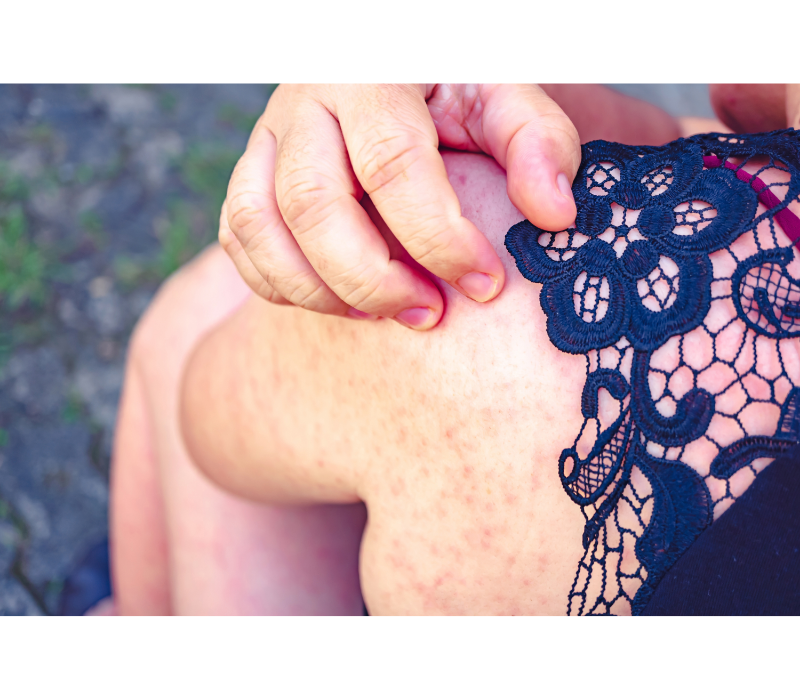Renowned eczema and allergy specialist, Matthew Zirwas, MD, discussed urticarial presentations during one of SDPA’s annual conference sessions in Los Angeles. He initiated his talk discussing the two ways to identify urticaria; by duration or by cause. Acute urticaria lasts 6 weeks, with chronic urticaria defined as lasting greater than 6 weeks. Causes of urticaria are IgE mediated, idiopathic/autoimmune or physical. Dr. Zirwas reports individual lesions of urticaria should not last for more than 24 hours and if they do, providers should include urticarial dermatitis or urticarial vasculitis within their differential diagnosis.
Coverage: SDPA 19th Annual Fall Dermatology Conference in Los Angeles Nov. 4-7, 2021
Next, Dr. Zirwas outlined the approach to the patient with new onset urticaria. The goal of the provider is to identify the cause with common causes including medications, stinging insects, latex and foods. When an infection is the cause of a new onset urticaria in children, it is commonly due to a reaction to a virus. Furthermore, he reports narcotics as a common cause of mast cell activation in patients who present with new onset urticaria. Laboratory tests are not typically recommended for most individuals who present with new onset urticaria and treatment includes TID loratadine, sedating antihistamines and steroids.
The patient with chronic spontaneous urticaria, defined as presentation with hives on most days for at least 6 weeks was further elucidated by Dr. Zirwas. Of note, 40% of these patients will present with angioedema and a high percentage of these patients will have thyroid autoimmunity. “It is incredibly rare that you find a cause with an extensive work up”, Dr. Zirwas reports, therefore, laboratory work-up is not generally needed unless review of symptoms are positive. When labs are drawn, they include CBC, ESR/CRP, TSH and thyroid antibodies.
Dr. Zirwas recommends monitoring chronic urticaria with an “urticarial activity score” that rates both severity of hives and itch. Reassurance and patient education are a mainstay of the treatment of these patients. While most of these patients will often request allergy testing, IgE mediated allergy is not a cause of chronic urticaria. The goal of therapy for these patients should be control of the itch rather than control of the hives with adequate histamine blockade. Additional treatment for patients who present with chronic urticaria should include avoidance of triggers such as heat, friction, pressure, impact (e.g. shower water hitting the skin), NSAIDS, narcotics and alcohol. Up to 4x the normal dose of second-generation antihistamines is often needed to control urticaria in these patients. Dr. Zirwas went on to discuss the treatment options for the patient with refractory chronic urticaria.
Finally, the approach to physical urticarias was discussed with dermatographism as the most common presentation. Histamine blockage can decrease the itching and edema of these patients but will not tend to decrease the erythema. Typical areas of presentation of dermatographism include the scalp, waistline, thighs and shoulder. Dr. Zirwas discussed treatment options including antihistamines, montelukast and phototherapy. Further discussion included additional physical urticarias, contact urticaria, urticarial vasculitis and urticarial dermatitis.
Byline: Sarah B.W. Patton, PA-C

